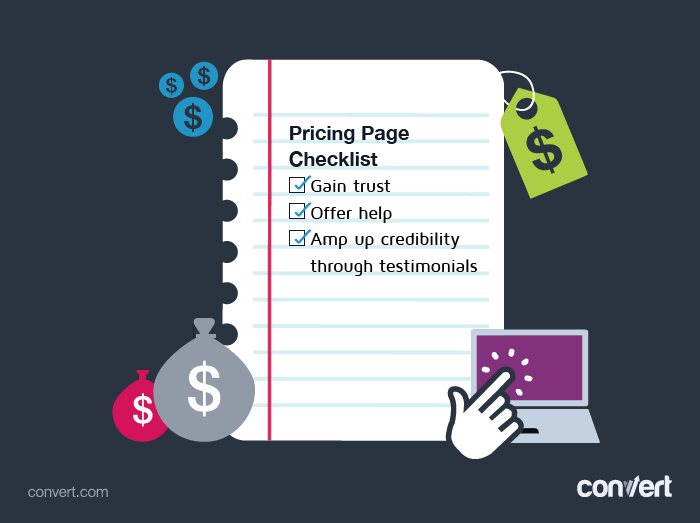
Given streaming’s similarity to Linear TV, many marketers mistakenly assume that they can simply rerun broadcast ads on OTT. While the ad quality of broadcast will likely suffice, you won’t be able to fully harness the robust targeting advantages of OTT without custom creative.
QuickFrame was able to produce the campaign for Self above (2 original videos with 4 versions of each) for just K—traditional video production would probably be 4-10x more expensive.
Much like on digital, A/B testing on OTT will drive the best results. A caveat: A/B testing capabilities vary by platform—some make it easier than others—so be sure to do your research before executing a campaign reliant on A/B testing.
Why you need to optimize your ads for OTT
At QuickFrame, we helped Self produce 8 different OTT commercials in under 3 weeks to conduct A/B testing to learn as much as possible about what drives performance in their first foray into OTT advertising. We developed two unique creative concepts, each with A/B versions for testing, and captured the footage needed for both concepts in a single shoot. Four hero videos were then cut into two lengths each for further media optimization.
Some OTT platforms, such as Amazon, provide real-time conversion data, so you can optimize and test your creative the same way as you would a Facebook campaign. On some other platforms, you might have to wait for brand lift or third-party attribution (which could take several weeks) to determine a winner in an A/B test. Still, the investment is worth it as you will not only increase your ad’s relevance through testing, but you’ll also gain valuable insight that can drive future creative for your brand.
Animation is an incredibly flexible medium and one that OTT audiences are accustomed to seeing. Consider animation as an affordable option to create OTT-ready creative from scratch, or to repurpose static assets you already have. Here’s an animated spot QuickFrame made for Modern Fertility using repurposed photography:
For brands without broadcast or OTT-ready content, start with a thorough understanding of platforms’ audience targeting capabilities. With a decision on which specific audiences you want to target, you can create original concepts that will resonate.
How to produce content for OTT
There are over 300 OTT providers in the market today, nearly all of which provide targeting opportunities to advertisers.
Much like you would on digital, you should customize creative concepts and production variables (e.g., on-screen talent, messaging) to deploy relevant creative and take advantage of targeting opportunities. For example, a bedding company might produce a few different ads for a single campaign—1 with a millennial female in an urban apartment, 1 with a couple in their 40s in a suburban home, etc.
Other than finding a creative partner with expertise in OTT, here are some additional ways you can keep your costs low:
No matter the medium you choose, post-production will provide ample opportunity to further finetune your messaging so your creative resonates directly with your targets.
In your exploratory phase, you can further leverage data with tools such as QuickFrame’s Video Intelligence technology to do an audit of your asset library, uncovering the creative attributes in your videos that are linked to performance for specific audiences. Video Intelligence can also analyze social assets across your competitors or industry to give you more macro insights to inform your concepts.
With a bit of creativity and a lot of organization, you can take advantage of the growing audiences on streaming by generating impactful OTT content that you can scale cost-effectively.
Many marketers are intimidated by the assumed cost of OTT (and broadcast) creative, but the truth is that with careful planning and the right partner, affordable OTT video campaigns at scale are achievable.
A/B testing OTT creative to get the best results
OTT providers collect first-party data (e.g., location, genre interests, etc.) that allow you to distribute and test audience-targeted creative. With geo-specific and behavior-based intent data, you can focus on relevancy in your OTT advertising, rather than mass reach.
Though most marketers are aware of the opportunities in the OTT space, many are unsure of how to create optimized video ads that will perform. Here’s what you need to know to optimize content for OTT to get results.
With the global Over-the-Top (OTT) streaming market predicted to grow 55% to 1.37 billion in 2020, marketers are rapidly diversifying their strategies to include OTT advertising to reach their target audiences. According to eMarketer, 147 million U.S. adults will watch ad-supported Connected TV (CTV) & OTT content this year.
The Costs of OTT Creative
OTT combines the benefits of TV—in that most ad placements are non-skippable, 100% viewable, and played on a large screen—with the targeting advantages of digital that marketers have come to rely on. Pair that with the fact that streaming is rapidly shifting in-home entertainment habits and the benefits of integrating OTT into your advertising plans are evident.
As far as video style, OTT is hospitable to both live action and animated production. For live action, you do not need to plan a multitude of shoots. By identifying your target audiences and concepts from the start, you can plan cost-effective production by capturing all of the footage you’ll need for separate spots in a single shoot.
Broadcast-quality creative can often be repurposed with post-production techniques such as animation to affordably create new content that’s optimized for OTT with targeted messaging. Though it’s preferable to generate original creative concepts that speak directly to your different audiences, repurposing broadcast-quality content is a cost-effective option to start your OTT exploration.
- Do your research. Identify the platforms you want to publish on and get a solid sense of their audience targeting capabilities.
- Explore the ad inventory available. Many platforms are experimenting with shorter spots (e.g., 15-sec., 6-sec.), which translates to lower-cost creative for advertisers.
- Identify your target audiences from the start.
- Take learnings from digital platforms or from tools such as Video Intelligence to leverage creative attributes that are linked to performance.
- Generate campaign concepts that can be optimized with post-production techniques (e.g., animation, motion graphics).
- If you’re producing live action, capture footage for all of your spots in a single shoot. For animation, finalize all storyboards before production begins to avoid costly reworks or extensions to your timeline.
The streaming environment is hospitable to large brand awareness campaigns and direct response campaigns alike, but to truly take advantage of the data-rich OTT environment, you’ll want to optimize content for your target audiences.





